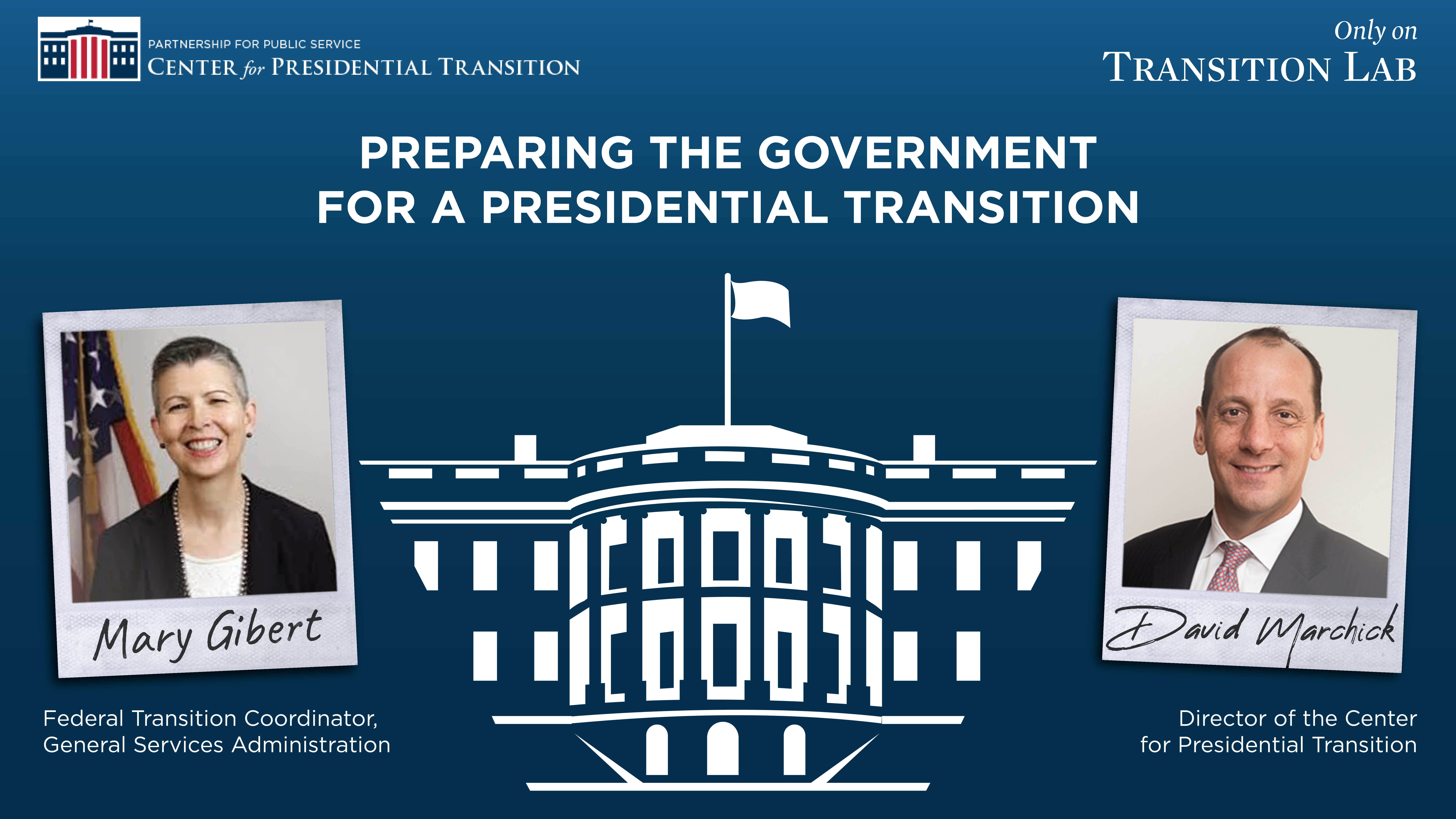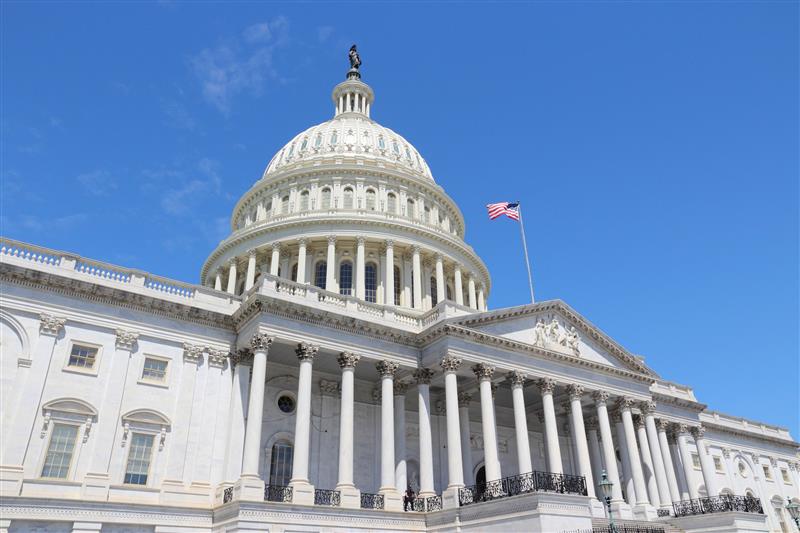Blog
August 10, 2020
Preparing the government for a presidential transition
Mary Gibert has one of the most important jobs in Washington today, preparing the federal government for a possible presidential transition. As the federal transition coordinator at the General Services Administration, Gibert and her team are working closely with the White House, the campaign of Democrat Joseph Biden and the federal agencies. In this Transition Lab episode, host David Marchick speaks to Gibert about GSA’s responsibilities in the transition process, the support it will provide to the incumbent president and the challenger, and how the coronavirus pandemic has affected transition planning.
[tunein id=”t156401963″]Read the highlights:
Marchick asked Gibert about GSA’s responsibilities in presidential transition planning.
Gibert: “The GSA has a statutory role to provide services and facilities (for presidential candidates). In addition, we receive funds for a president-elect for staff travel and supplies. We also have an interagency coordination role. We provide inaugural support to our partners…That includes the military, the (National) Park Service, the D.C. government and the volunteers who actually plan the inauguration. We also plan the outgoing activities. There are funds for an outgoing president and vice president to provide approximately seven months of services, including office space and support to wrap up things within their offices.”
Marchick asked when planning for a presidential transition actually begins.
Gibert: “We start two and a half years out with our planning and our preparation. The statute lays out when we must do things, what must happen. We take that role very, very seriously. I would say to the American public, the federal government is in good shape. The planning is on track. Our budget is on track. Our activities are on track. We’re on schedule. We’re meeting all of our statutory requirements.”
Marchick asked how GSA remains nonpartisan during the transition process.
Gibert: “I think that’s one of the reasons why my position is designated to be a career position. The statute over time has become very clear about what must be done, who needs to do it and who needs to do it by certain points in time. If we have a transition, our job is to make sure everyone is ready…We have to do everything we need to do to make sure that the federal side of the house is prepared.”
Marchick asked whether the COVID-19 pandemic has affected transition planning.
Gibert: “COVID has not impacted our transition planning. We haven’t missed a beat. We’ve kept up with all our statutory requirements. We’ve held meetings. Before (the pandemic), everything was large gatherings in-person. Now we go to Zoom and Google Hangouts. Our platform is different, but our ability to carry out the mission is not. One of the other key features that we provide to candidates…is a secure internet…through pre-election or post-election. They (the Biden team) will be able to operate wherever they are using the same suite of tools that we have within the government.”
Marchick noted that if Democrat Joseph Biden is victorious in November, he will want to send teams into the major agencies to gather information about their operations and policies. “Do you anticipate that being more difficult because of COVID-19?”
Gibert: “There is a memorandum of understanding that specifically addresses this particular topic should there be a transition (to a new president.) In this environment, (the agency reviews) will all just be done remotely…We will be addressing this with the agencies if they (the transition landing teams) want to come into the office…We don’t have a crystal ball to know what phase we may or may not be in, but certainly there will be an option for in-person meetings as long as it’s safe…We will also make sure that our agencies understand what they need to do to be prepared.”
Marchick asked if the Biden transition team will adhere to the protocols that President Trump has in place the West Wing, including daily testing and mask wearing, when they move into GSA office space in early September.
Gibert: “It is up to the Biden team. (They) get to decide what their rules of engagement are for anyone who enters that space. And of course, we will be providing them with what our guidance…and all the data and the things we use to make those determinations.”
Marchick asked why the GSA decided to put Donald Trump’s and Hillary Clinton’s transition teams in the same building before the 2016 presidential election, noting it created some awkward encounters among members of the two opposing teams.
Gibert: “We gave a great deal of thought to this…We made the decision fairly early on that we would house both of the candidates in the same space to ensure equity. And not only in terms of the amount of space, but the location and proximity.”



